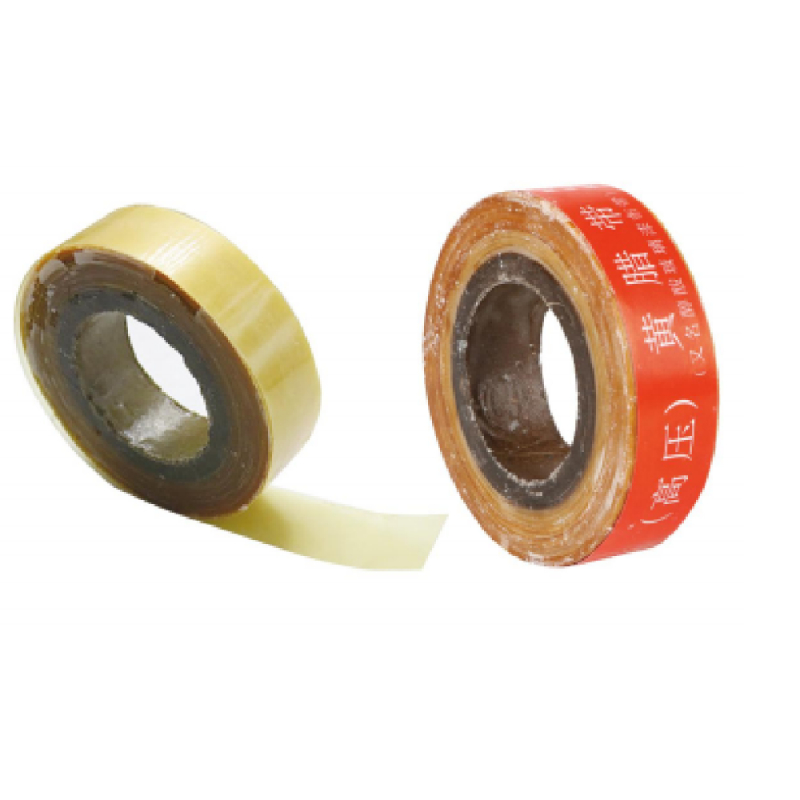The Importance of Waterproof Rubber Strips in Modern Applications
In today’s fast-paced world, the demand for effective sealing solutions is more critical than ever. One such solution that has gained significant attention is the waterproof rubber strip. These strips are versatile, durable, and essential components in a variety of industries, from construction to automotive to electronics. Their ability to create a watertight seal makes them invaluable for preventing water ingress and protecting sensitive equipment and structures.
What are Waterproof Rubber Strips?
Waterproof rubber strips are made from high-quality rubber compounds designed to resist water penetration. They come in various forms, including adhesive strips, flexible seals, and molded gaskets, offering customizable options for different applications. The materials used can range from synthetic rubber, such as EPDM (Ethylene Propylene Diene Monomer), to natural rubber composites, each with unique properties that enhance their waterproof capabilities.
Applications and Benefits
The versatility of waterproof rubber strips means they find application across various sectors. In the construction industry, they are extensively used to seal windows, doors, and roofing systems. These strips help prevent water leaks, which can cause structural damage, mold growth, and other issues that may compromise the integrity of buildings.
In the automotive sector, waterproof rubber strips are crucial in ensuring that vehicles remain free from water leaks, particularly in areas such as windshields, doors, and trunks
. The reliability of these strips contributes to passenger safety and comfort, as well as the longevity of the vehicle’s components.Electronics manufacturers also rely on waterproof rubber strips to protect sensitive devices from moisture damage. By sealing enclosures and ensuring that electronic components remain dry, these strips help extend the lifespan of equipment, especially in environments prone to humidity or splashes.
waterproof rubber strip

Key Features of Quality Waterproof Rubber Strips
When considering waterproof rubber strips, several key features should be assessed. First and foremost is the material's resistance to water, which should be tested under various conditions to ensure optimal performance. Additionally, UV resistance and temperature stability are critical, as these strips must withstand exposure to sun and temperature fluctuations without compromising their sealing ability.
Flexibility is another important characteristic, allowing the strips to conform to different shapes and surfaces. An easy application process, often facilitated by adhesive backing or straightforward installation techniques, can also enhance their practicality.
Maintenance and Longevity
While waterproof rubber strips are designed for durability, regular maintenance is crucial for ensuring their longevity. Inspecting these seals periodically for wear or damage can help identify potential issues before they develop into significant problems. Cleaning the surfaces can also prevent dirt and debris from compromising the seal.
Conclusion
In conclusion, waterproof rubber strips are indispensable in today's world, providing effective and reliable sealing solutions across various industries. Their ability to protect against water ingress is vital not only for safeguarding structures and equipment but also for enhancing the overall safety and efficiency of numerous applications. As technology advances and the need for reliable waterproofing continues to rise, the development and utilization of high-quality waterproof rubber strips will undoubtedly remain a fundamental component of various engineering and manufacturing processes. Whether in construction, automotive, or electronics, these strips will continue to evolve, fostering innovation and quality in design and functionality.
-
XIANGFAN Rubber Tape-Ultimate Solutions for All Your Insulation NeedsNewsJun.24,2025
-
XIANGFAN Rubber Tape-Protection for Industrial and Residential ApplicationsNewsJun.24,2025
-
XIANGFAN Rubber Tape: Superior Safety and Sealing for Demanding EnvironmentsNewsJun.24,2025
-
XIANGFAN Rubber Tape: Reliable Solutions for Every Electrical ChallengeNewsJun.24,2025
-
XIANGFAN Electrical & Industrial Tape: Powering Reliability Across IndustriesNewsJun.24,2025
-
XIANGFAN Electrical & Industrial Tape: Excellence in Every ApplicationNewsJun.24,2025
